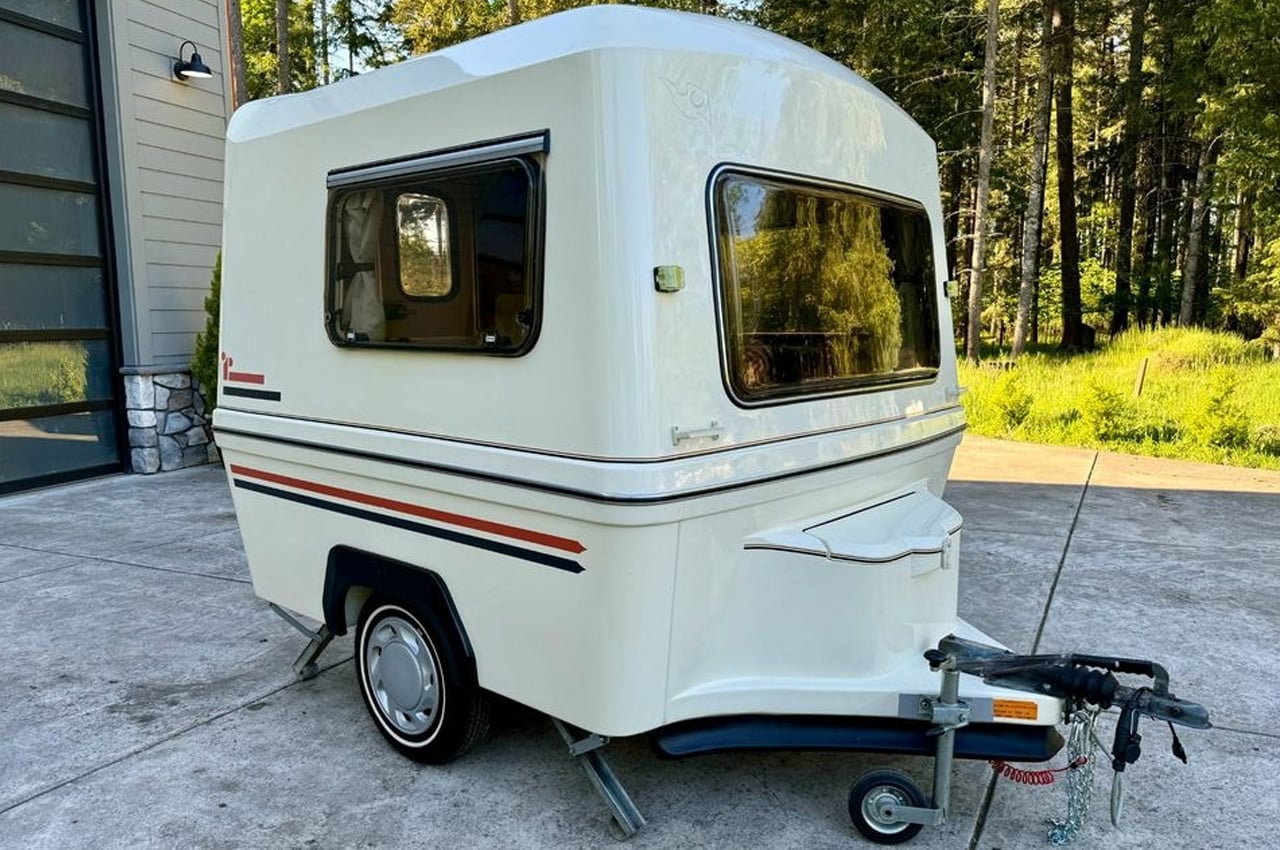
If you wanna spend a life on the road this summer, away from the hustle and bustle of the cities, and in the lap of nature, then you will need a reliable and sturdy mobile home to support you on your off-grid adventures. There’s really nothing more comforting or exciting than lounging about in a cozy camper while you explore the countryside. You never feel out of place, because these little campers manage to feel like a home on wheels. Fill it up with your dear belongings, and it’s your home away from home. And, we’ve curated a collection of well-equipped and resourceful mobile homes that will provide the ultimate support on your outdoor travels this summer. Enjoy!
1. Romini
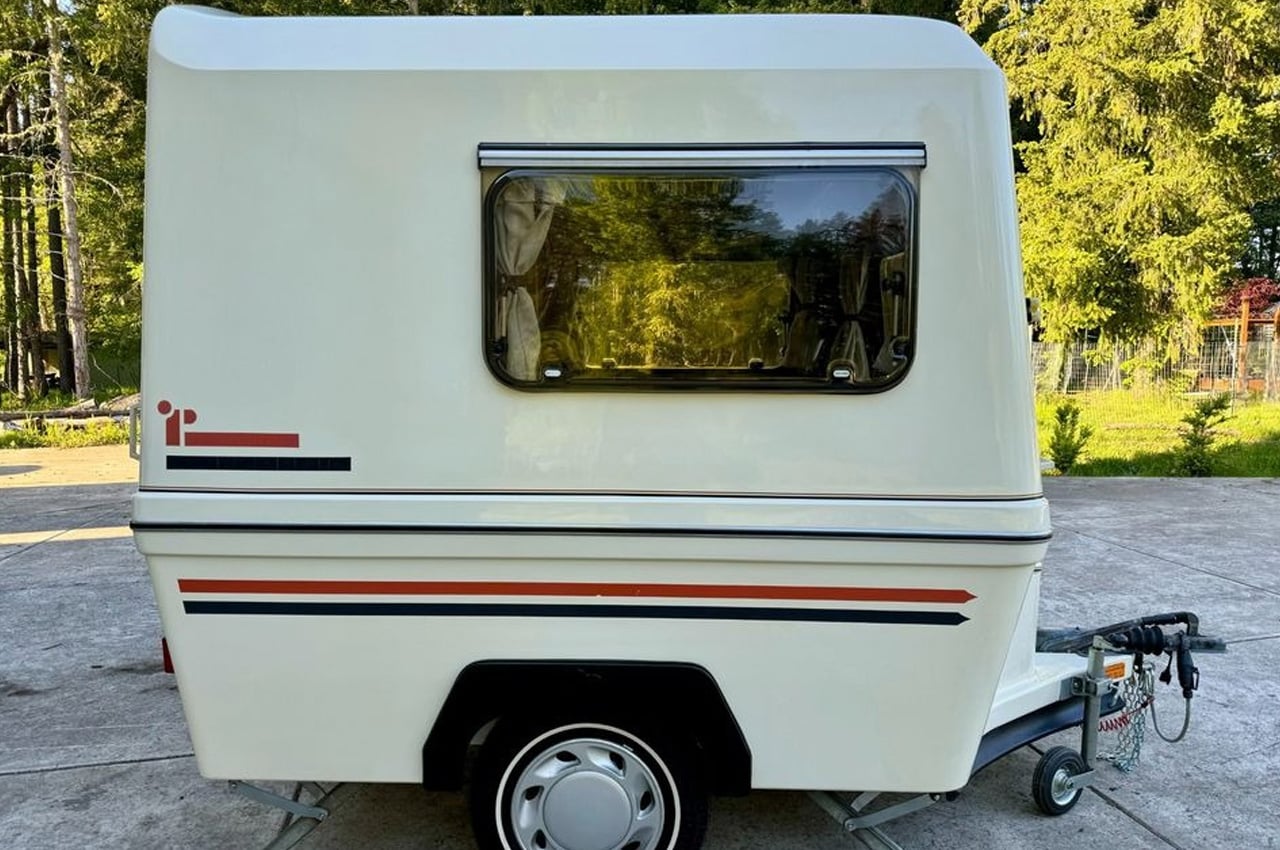
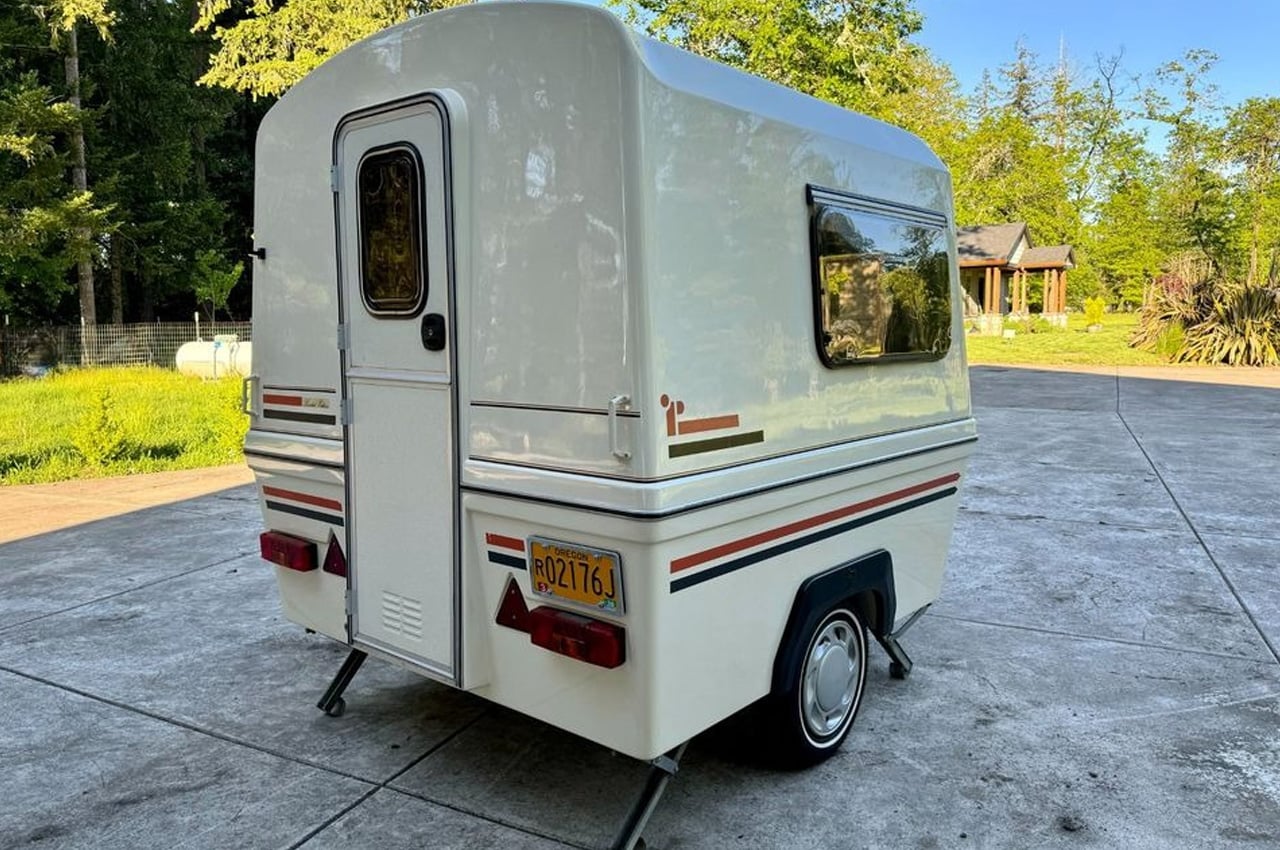
Meet Romini – a functional camper from the 80s. The tiny camper is made from fiberglass panels with foam layered in between for insulation. It includes a bed and the necessary gear you need for a comfortable time on the road. The camper is quite compact, and measures 9.8 feet in length, and weighs 750 kgs. It can be hauled by cars as small as the original Mini.
Why is it noteworthy?
This camper is a standard model from ’85, and it includes all the essentials – seating, bed, and kitchen amenities. It also includes a grill and a porta-potty under the seating. It may not be as well furnished and equipped as other campers on the market, but it does give us a tiny slice of nostalgia, offering a camping experience from the retro age.
What we like
- Can be hauled by small cars as well
- Great fit for tiny camping
What we dislike
- We don’t think it can accommodate more than 1-2 travelers
- Not well-equipped for long trips
2. Wilderness Vans Range Slide-In Truck Campers
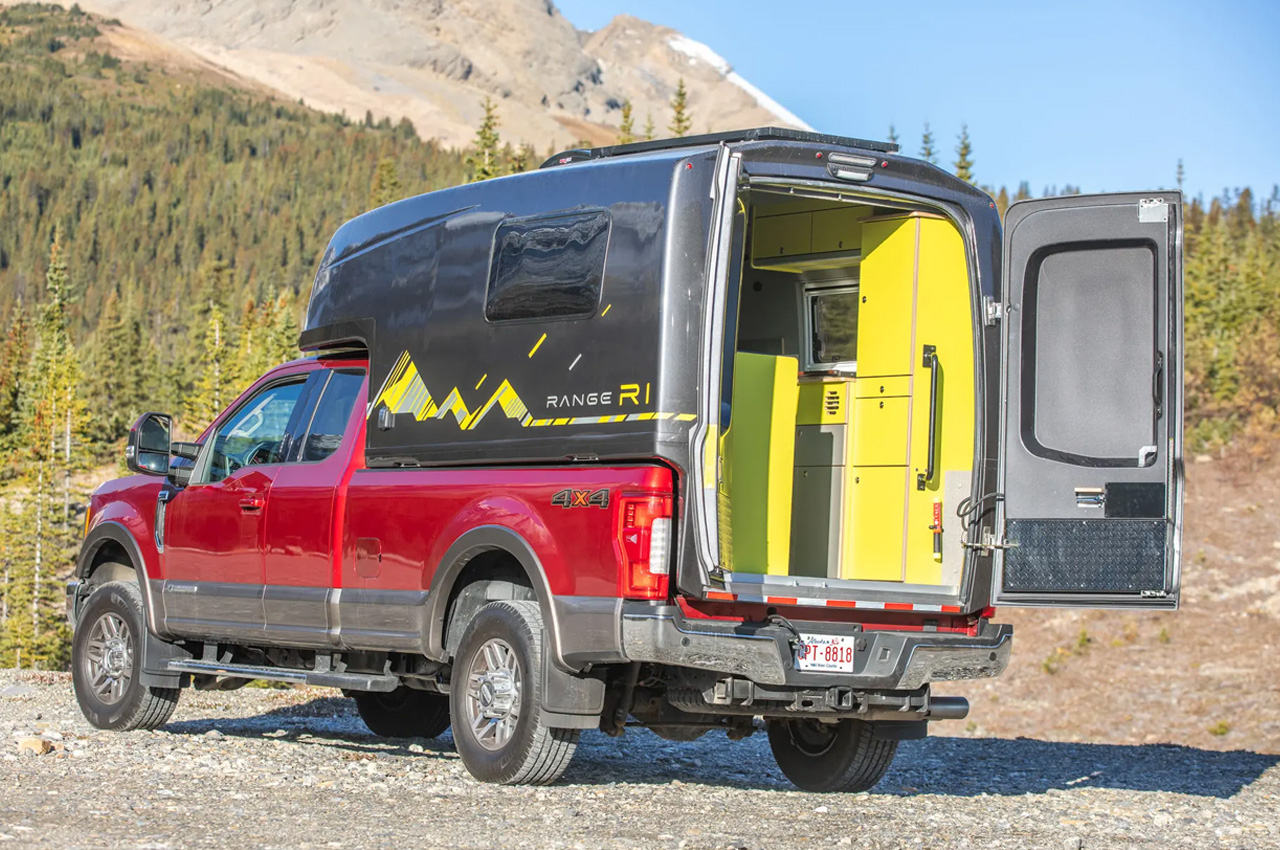
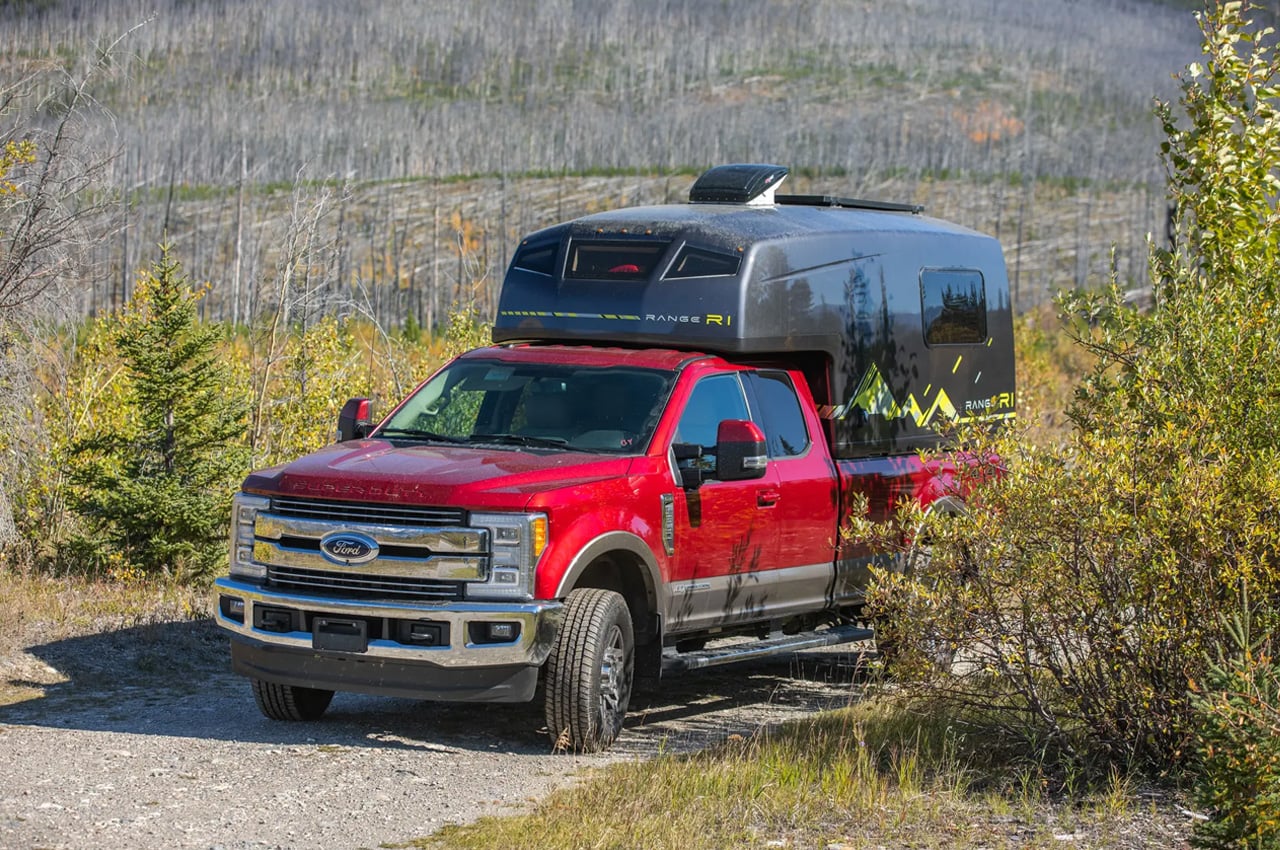
Called the Wilderness Vans Range slide-in campers – the R1 and R2, these comfy campers have been created for all-year-round off-grid camping. The campers are well-designed with an ample amount of space, amped with amenities onboard. They are equipped with windows and skylights, ensuring a generous flow of natural light.
Why is it noteworthy?
The campers are fully insulated to support all kinds of weather. They feature natural fiber and wool installation in the ceilings and walls, and cushioned wood layering with cell foam to keep the interiors warm and comfy during the cold weather, and cool during the hot weather.
What we like
- Equipped with a generous number of storage options
- Features a 200-watt solar charging station to provide juice in off-grid locations
What we dislike
- There is no pop-up option, so the headroom on the bed isn’t much
3. Karoo Adventure Camper
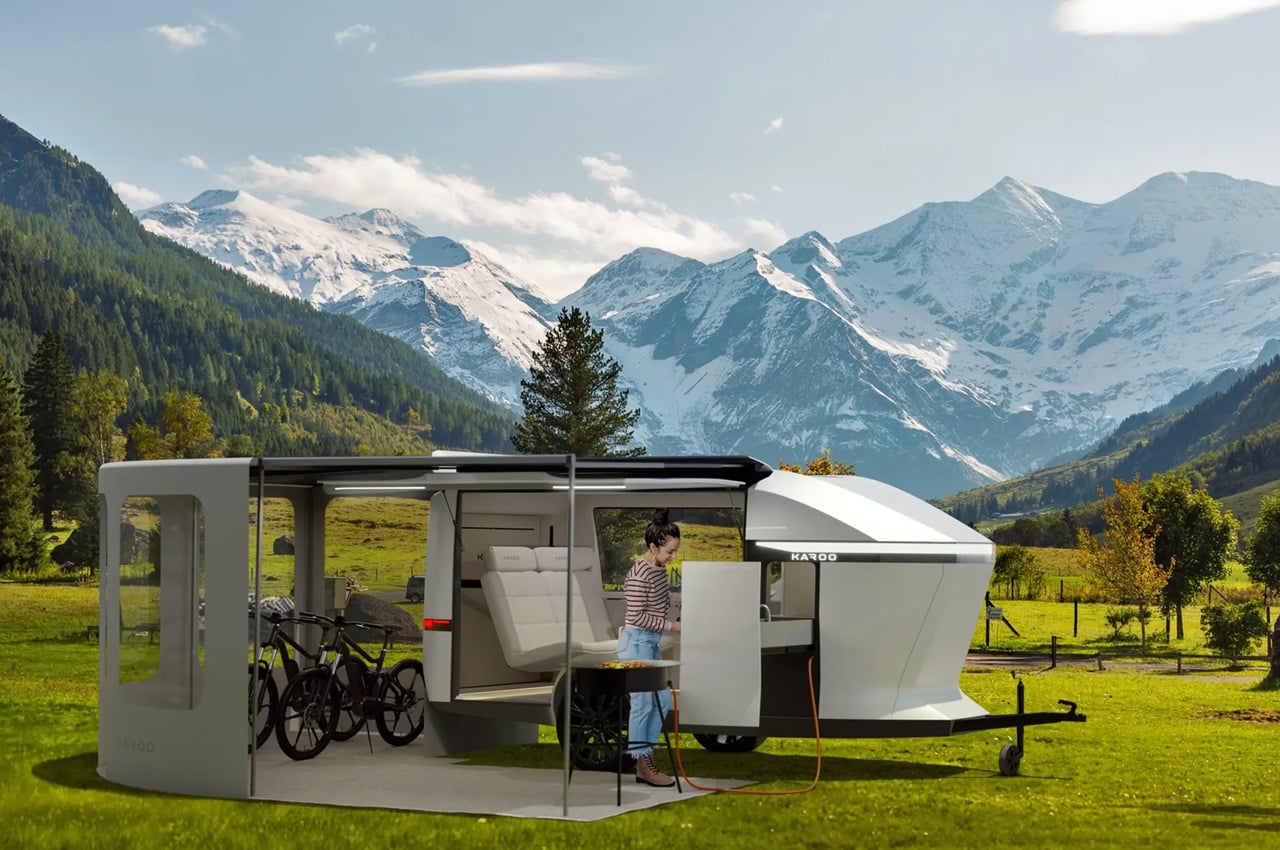
Meet the electric bike-friendly Karoo Adventure Camper. This new adventure camping trailer features an interesting layout that will carry the gear in the same space we live in, without making the entire area cramped and stuffy. The company has designed various variants to make camping and toy hauling unified for families.
Why is it noteworthy?
Besides focusing on space utilization, the Karoo Adventure Camper will take you on interesting adventures beyond the power grid, owing to its 6-kWh lithium-ion battery and rooftop solar panels. The camper can also juice up your e-bikes, and it is also quite easily towable since it only weighs 750 kg.
What we like
- Features a foldaway seating area that can be converted into a bed for two
- You can fit your bicycle, fishing gear, or snowboard in the camper
What we dislike
- It isn’t out for sale yet, so we arent sure how the final product will turn out to be
4. X-Cabin 300
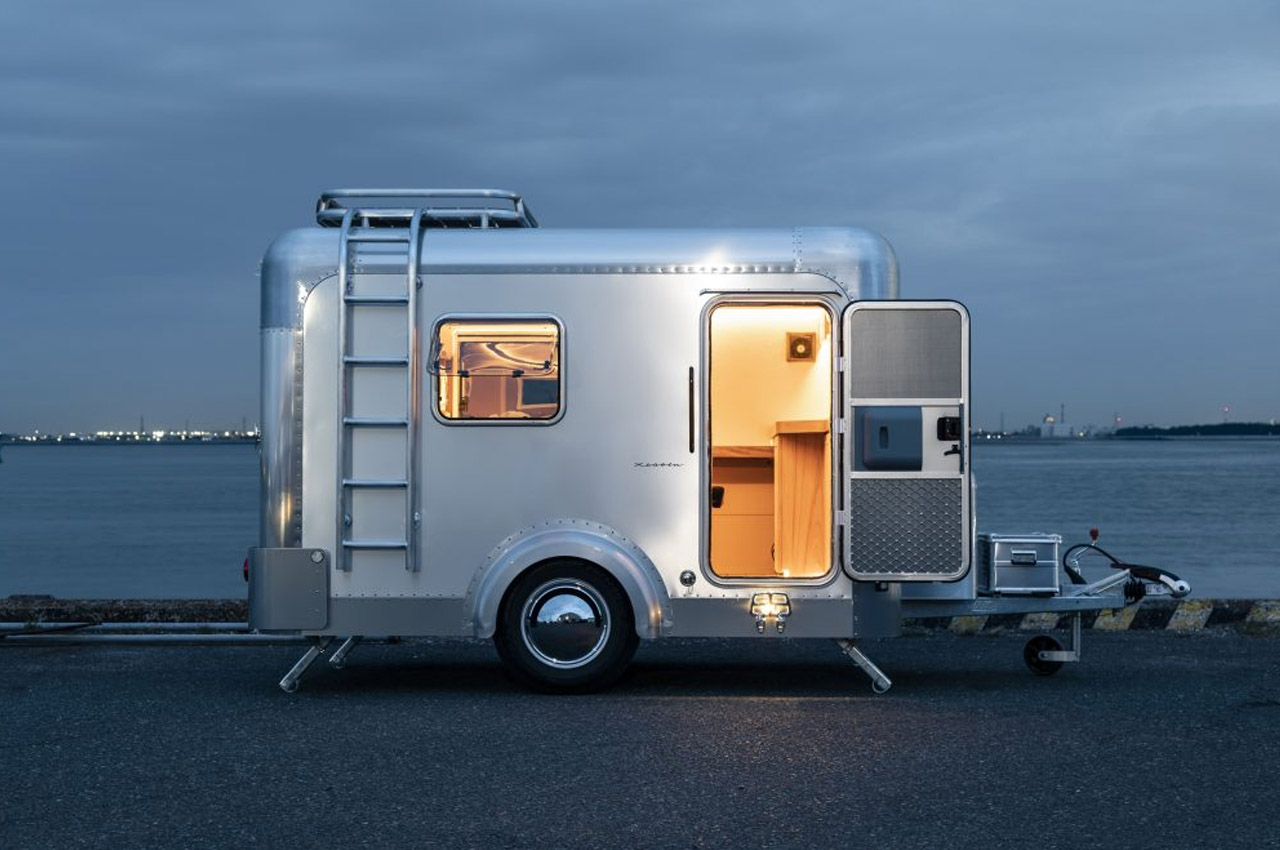
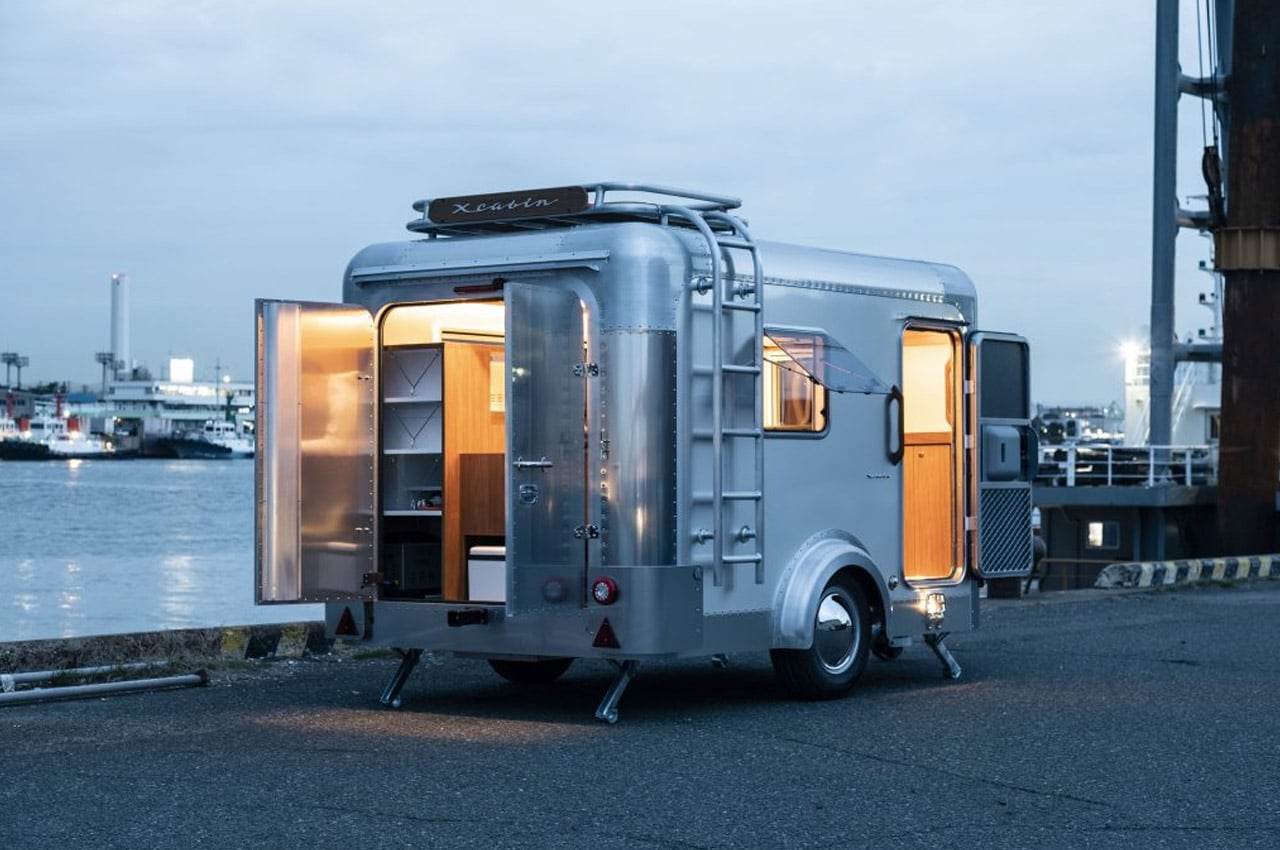
Named the X-Cabin 300, this all-aluminum camper trailer is quite lightweight and designed by the Japanese startup X Cabin. It can convert your outdoor adventures into a comfortable and pleasant journey owing to its innovative and sleek design, amped with high-efficiency features.
Why is it noteworthy?
The X-Cabin’s glistening riveted aluminum exterior and classic rounded corners instantly grab attention, reminding you of the Airstream trailers. But the X-Cabin 300 is set apart from them, courtesy of its boxier design and a high-efficiency floor plan which makes complete use of the floor.
What we like
- Features a solid foundation with a steel chassis produced by German manufacturer AL-KO
What we dislike
- A bit heavy on the pocket, so may not be in everyone’s price point
5. T2.3
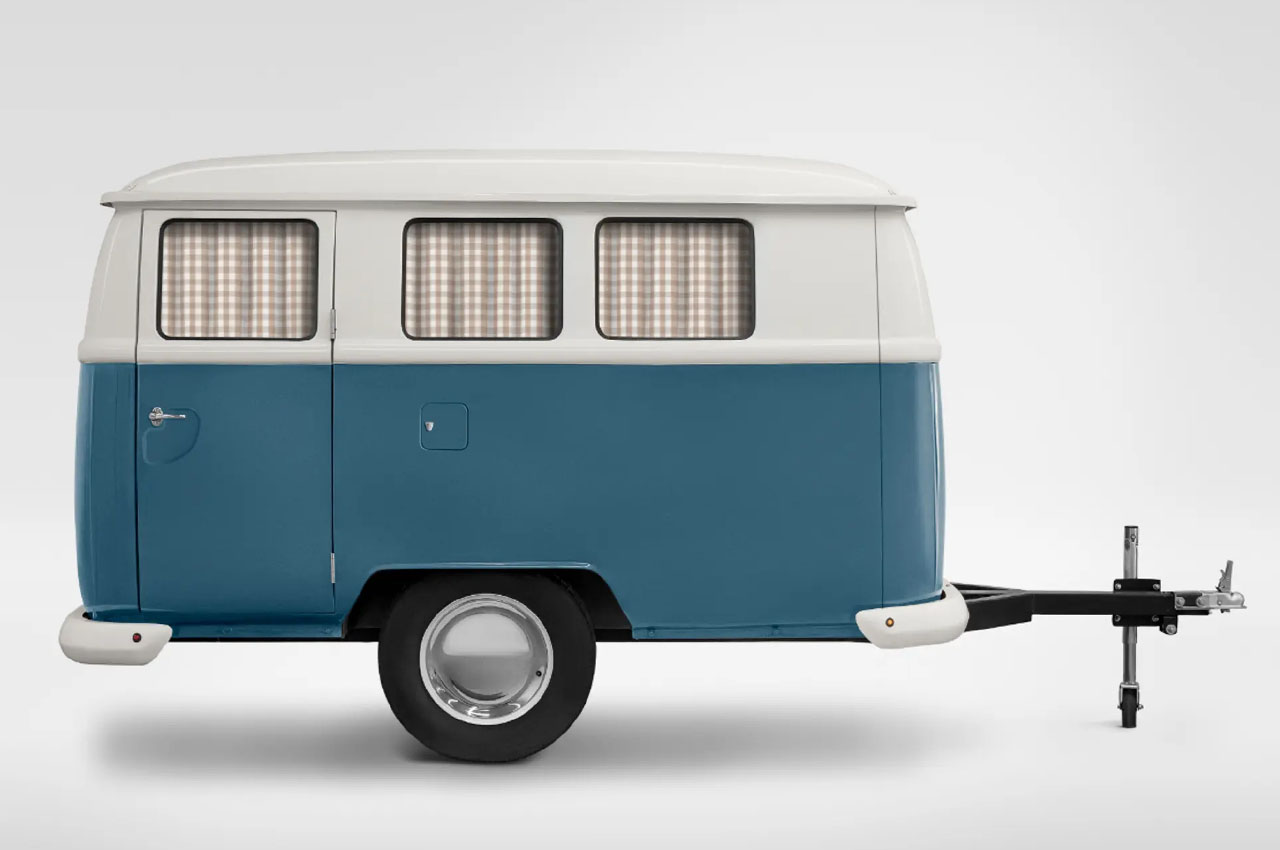
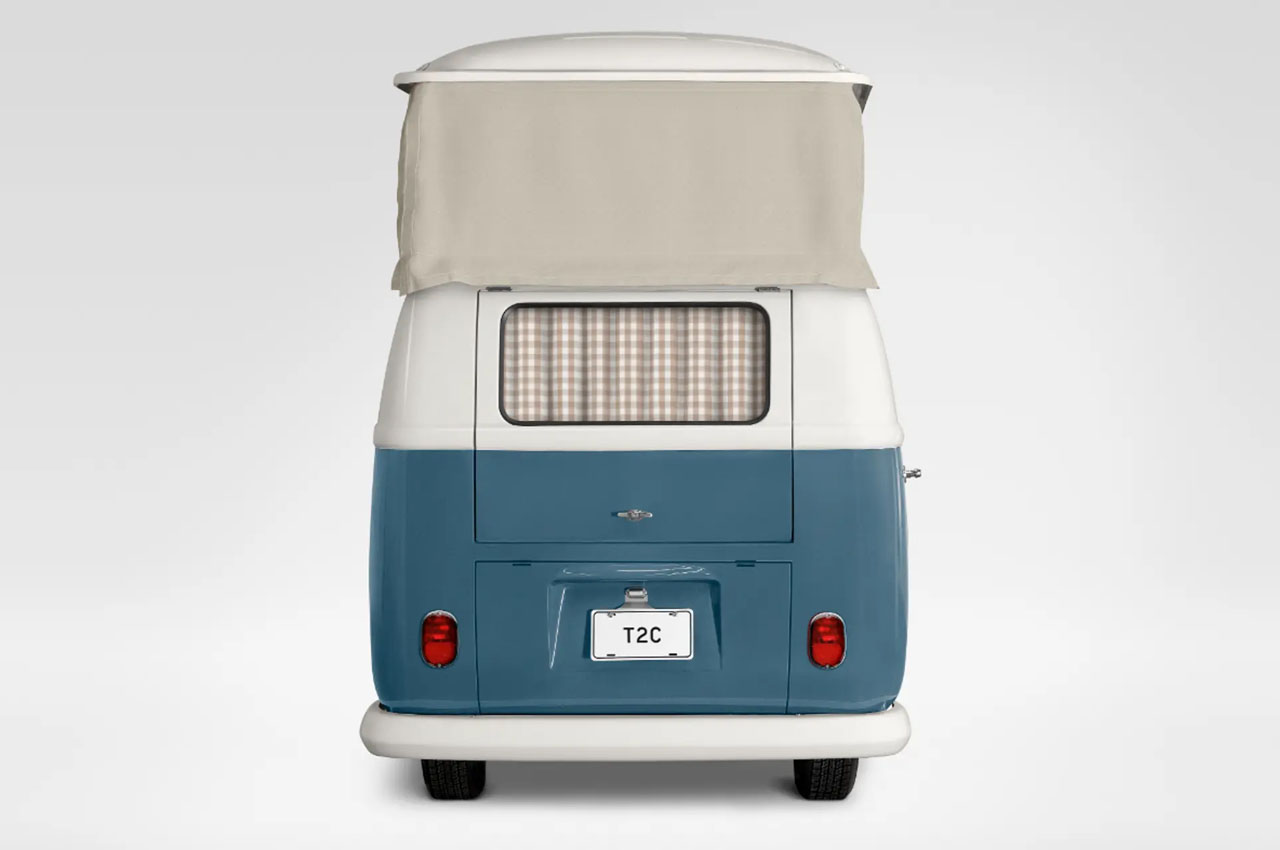
Designed by Hearth Gardella and Ryan Schassen, this adorable VW-themed pop-up camping trailer has a compact and cozy form. Constructed using aircraft steel, it was quite easy and quick to build. It serves as a “lightweight, affordable, and timeless” design. The camper is available in three versions, with one featuring a pop-up roof that raises the internal standing headroom to 6 feet 4 inches.
Why is it noteworthy?
Called the T2.3, this camper draws inspiration from the 1940s Volkswagen bus and is equipped with aero-grade steel panels. This provides the camper with a lightweight and durable form. The presence of the steel panels makes the camper easy to tow behind a small electric vehicle.
What we like
- Features classic VW-inspired aesthetics
- Equipped with a pop-up roof
What we dislike
- Not all the models are equipped with a kitchenette, only one is
The post Top 5 Mobile Homes Designed For Off-Grid Nomads In 2024 first appeared on Yanko Design.